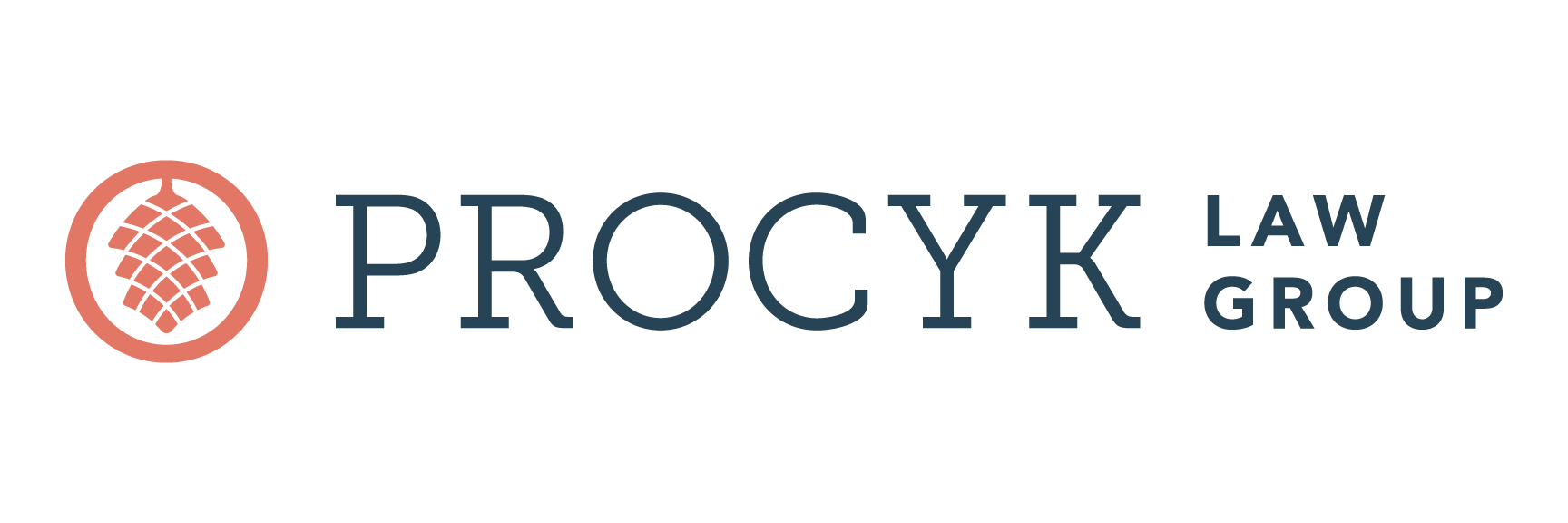If you’re tempted to use a DIY estate planning service or have already created a plan you aren’t 100% confident in, be sure to read how these three simple mistakes can derail your estate plan and leave your family with an expensive mess.
We regularly meet with clients who ask us to review an estate plan that they created online or with an attorney who isn’t experienced with estate planning. You see, these clients usually think they found a faster and cheaper solution to estate planning, but once the plan is signed and done, they’re often left wondering whether this “cheap” plan will actually accomplish their goals, or if it will leave their family with a big mess instead. And what I see time and again when I review these estate plans are poorly designed plans with simple but devastating mistakes. What’s more, these clients wouldn’t even realize their plan had these mistakes if they hadn’t met with us!
While it might seem simple enough to put together a trust online or have your tax attorney prepare your will, it can be very difficult to create an estate plan that works without the proper training and experience. What might seem like minor details to the inexperienced eye can often have major effects on your plan’s final outcome.
More often than not, clients who meet with us to review a DIY plan find out that instead of saving money on their estate plan, they’ve actually cost themselves much more by buying a plan that has mistakes. And if these mistakes aren’t caught by you while you’re alive and well, your loved ones will be the ones paying the price to resolve them after you’re gone.
Here are the three biggest mistakes I see when reviewing DIY and low-cost estate plans:

Leaving Assets Outright to Loved Ones
One of the simplest mistakes you can make in estate planning is distributing your assets directly to your beneficiaries upon your death. This is a bad idea for several reasons:
- The assets have no protection from your beneficiaries’ creditors once they leave your estate
- The money can be squandered and used however the beneficiary wants
- If the beneficiary is a minor, a court will decide who manages the assets and how they’ll be used
Instead of gifting your assets directly to your beneficiaries, distribute your assets into a trust for the beneficiaries’ benefit. When creating a trust, you can choose who will manage your assets for your beneficiaries while also sheltering those assets from your beneficiaries’ creditors or their own poor money-management skills.
Setting up a trust to hold your assets is especially important if you have minor children. Minors cannot own money on their own, which means they can’t receive any assets from you directly on your death. Instead, a court will need to appoint a trustee or conservator to manage the assets you leave for your children. There’s a high chance that the person the court appoints will not be the person you would have chosen yourself. And if the court appoints a professional trustee, your assets will be reduced by expensive trust administration fees.
A court-appointed trustee will distribute the assets to your children outright when they reach the age of 18, but this only puts the assets at risk. Few young adults have the maturity or knowledge to manage a large sum of money responsibly so that it can grow and support them over time. Even if your adult child is responsible or has guidance from someone you trust, those assets are still susceptible to any lawsuits, divorces, and unforeseen financial troubles your child may experience in the future.
Instead of leaving assets outright to a minor or young adult, leaving your assets in a trust, established for the child’s benefit, allows you to choose the person who will manage the assets you leave for them, helps the assets grow through careful financial management, and protects the assets from your child’s lack of experience and future risk.
Not Creating a Lifetime Asset Protection Trust
Creating a trust to hold your assets can provide years of asset protection for your loved ones, but that protection only exists so long as the assets are held in the name of the trust. The second big mistake I see are trusts that direct the assets to be taken out of the trust’s protection and given to your child or beneficiary at a specific age. You might not see the problem with this scenario at first, but even if your child or beneficiary is mature enough to manage a sum of money, doing this still leaves those assets susceptible to future legal and financial risks.
Instead, everyone should consider creating a Lifetime Asset Protection Trust to hold their beneficiaries’ assets indefinitely. This gives the assets lifelong protection while still providing financial support to your beneficiaries.
Unfortunately, most lawyers do not understand how to use trusts to establish this kind of protection for the inheritance you are leaving behind, and some may even try to dissuade you from using a trust at all unless you have a very large estate. Even if you are leaving behind a small number of assets, protecting those assets and helping them grow can make a huge difference in the future well-being of your loved ones.
Forgetting to Update Beneficiary Designations
This final mistake is so simple yet so easily forgotten when creating a DIY plan or using an inexperienced estate planner: forgetting to update your insurance policies and retirement beneficiary designations so they match your estate plan. While your will and trust are important parts of your estate plan, it’s vital to update your insurance policies and retirement accounts to pay out to your trust instead of directly to your beneficiaries.
Leaving the names of your beneficiaries on your insurance and retirement accounts instead of the name of your trust ensures the largest assets you own won’t be a part of the plan you just created. Instead, the assets will be distributed directly to the beneficiaries listed on the account, to do with however they want, even if you had other plans for protecting the funds under your trust. We’ve even seen cases where the beneficiaries named on a life insurance or retirement account are so outdated that the person named on the account isn’t even a part of the client’s life anymore!
Estate Planning That Works
In order to make sure your estate plan truly works the way you intend it to, it’s essential that all of your assets are reviewed and accounted for to make sure that any accounts you have reflect the name of your trust or other estate plan method. That’s why at Procyk Law Group we always create an inventory of your assets and follow up with you to make sure your assets are updated into the name of your trust. We can even update your assets for you, so you can rest assured that every piece of your plan works together.
If you’re thinking about using a DIY estate planning service or had an estate plan created by an attorney in a different practice area, it’s crucial to check your plan for these three simple but major mistakes. Otherwise, your estate plan might end up causing more problems than it solves, leaving your family in court and conflict.
That’s why we offer to review your current estate plan during a Family Wealth Planning Session. During this session, you’ll have the opportunity to discuss your concerns, learn how your current plan will (or won’t) work for you, and if you don’t feel confident in your current estate plan, we’ll create a new comprehensive plan for you that will provide the protection and support your family needs for years to come.
Don’t let a simple estate planning mistake derail your plans for your family. Click here to schedule your Family Wealth Planning Session. Your loved ones will thank you for it!
This article is a service of Procyk Law Group. We do not just draft documents; we ensure you make informed and empowered decisions about life and death, for yourself and the people you love. That’s why we offer a Family Wealth Planning Session, during which you will get more financially organized than you’ve ever been before and make all the best choices for the people you love. You can begin by calling our office today to schedule a Family Wealth Planning Session and mention this article to find out how to get this $750 session at no charge.
